21 Nov Top Places to visit in Srinagar, Kashmir
I had my presumptions and imagination about Srinagar. I think everyone has. So that made three versions of Srinagar. There is one that I had in my head, the one that I saw from the window of my plane. And then there was one that I saw standing inside the heart of the city. No two are similar.
What I thought of Srinagar seemed like a city high on mountains. Something like Mussoorie and Kodaikanal but maybe a bit bigger. I expected to open my bags to pull out sweaters to keep me warm from the sudden burst of chill. But what I saw was just so different.
It was this huge sprawling city located on a valley so large that it did not look like the Himalayas at all. But it still had an exotic charm with conical roofed homes spread wide around. You can see the Jhelum river on one side and Dal lake on the other. Far off you can still see bright green paddy fields ready to harvest.
But when I was inside, it looked like any other city that I have been to in northern India. You can see shopkeepers shouting out to sell food and men with carts selling kulfis. I spotted a few small shopping malls and plazas. And oh, the heat. It melted away all my dreams. Apart from that what really surprised me was how heavily militarized it was. It looked like a warzone sometimes.
But it is called paradise on earth for a reason. And when you are enjoying that shikara ride or walking through the gardens built by the Mughal rulers, you can feel that. Let me share what I can to make your trip to Srinagar a smooth ride.
How to reach Srinagar
As of 2021, you can reach Srinagar only by flight and road. There is no railway line that connects Srinagar to the rest of the country. One is under construction that will complete in the latter half of 2022. The line will connect Srinagar to Udhampur and beyond.
By Flight: You can reach Srinagar either by flight or by road. Srinagar has a bustling airport that connects to several other important airports in India. If you cannot find a direct flight, you can most certainly find one via Delhi. Those are as frequent as several flights a day.
The airport is around 10km from the heart of the city. You can take a local cab from the airport to your destination. It will cost you around ₹700 to reach the city. Note that only airport union vehicles and private vehicles are allowed to come inside the airport premises. If you are hoping to get another cab to pick you up, you will still pay the union fee (₹700). I know it sucks, but things are pretty twisted there.
While returning make sure you are way early to board your flight. The Indian army guards the Srinagar airport heavily. It can mean long queues and repeated security checks. In case of a VIP visit (which is quite frequent), the airport clogs. Sometimes you may have to wait a long time to enter.
By Road: You can travel to Srinagar from Jammu by bus, a taxi (private or shared) or by your own car. There are several buses that run regularly from Jammu to Kashmir and take between 9-10 hours. You can opt for an overnight bus but check the availability at Jammu main bus stop.
The journey using a taxi will take anywhere between 8-10 hours. A one-way taxi from Jammu to Srinagar will cost you around ₹4500/- and more if you want to add more stops.
There are two routes that you can take if you are travelling using a private vehicle. NH 44 starts from Jammu -> Katra -> Patnitop -> Swalkot Dam -> Jawahar Tunnel -> Titanic View Point -> Anantnag -> Pampore -> Srinagar. This is the regular route and you can find a few traffic jams along with a large number of trucks. The route takes 8-10 hours.
The other route follows NH 144A on Jammu -> Sunerbani -> Rajouri -> Azmatabad -> Shopian -> Pulwama -> Srinagar although this is longer and less popular but more scenic. The journey can take up to 11 hours or more. But you can make an overnight stop in the middle if you want.
Also, avoid travelling by road during the winter months. The roads close for several hours (or days) in case of heavy snowfalls. And you don’t want to be stuck there. Try and take a flight if you can.
How to go around in Srinagar
A private taxi is the best way to go around in Srinagar. You can hire a taxi from the Tourist taxi stand, Nehru Park at ₹2000/- per day onwards depending upon the vehicle you choose. Or you can talk to your hotel and negotiate a good price for local and intercity travel assuming that you are looking to travel to places like Gulmarg, Pahalgam etc.
Check out this blog for taxi rates at Tourist taxi stand in Srinagar
You can also choose to hop around using the local buses. There is decent connectivity of public transport in the city. Speak to a local to find more about the buses for your destination. You can also hire an auto-rickshaw on the street. Ola or Uber are not available in Srinagar as of now.
Best Places to visit in Srinagar
Dal Lake
I won’t say that I travelled extensively in Srinagar. But with whatever time I spent, I think that Dal Lake is the most amazing place to be in Srinagar. The lake is a thousand times more beautiful if you visit during the early morning hours or during the sunset.
Dal Lake is HUGE! And you can access it from a lot of places. There are several boat stations or ‘Ghats’ from where you can hire a boat or shikara. You can find the standard price for a boat on the board right near the entrance. It was ₹600 per boat for us to carry 4 people at a time. The boat ride is for one hour.
We started our shikara ride during the evening just before the sunset. For me, the beautiful blue sky with the Himalayas in the background and the water of the Dal lake reflecting those mountains in the foreground will become a memory I will never forget.
The boatman will take you to tour Dal lake and see the water fields of lotus plantations. Lotus products like seeds and stems are common ingredients in Kashmiri food. As you float by, you can see scores of boathouses parked on the shores of Dal Lake. We lived in one of them (read below).
From there we went on to see a beautiful floating market. It is something I had only seen in the southeast till now. The lake forms a long canal where shops sell food and souvenir on both sides. There were also people selling food and jewellery on boats that came to us. It was a sight to see. Later we also stopped at a shop that served us kahwa on the boat.
Do not miss this when in Srinagar even if you have been to hundreds of lakes and boat rides before.
Shalimar Bagh Mughal Gardens
The next best place I liked was the Shalimar gardens even if it feels a tad bit over touristy. You see, I had only heard about these beautiful gardens built in Kashmir, the paradise on earth by the Mughal emperors. I wanted to touch that and feel at least in a one-millionth portion of how they felt.
Sure it will not blow your mind. The architecture with well-functioning fountains and wide arches are inspired by beautiful Persian architecture. The gardens were blooming with flowers even though it was autumn. Put snow-clad mountains in the background and some romantic music in your head, it is a moment to remember.
Shalimar gardens are at the north end of Dal lake. The water from the gardens flows directly into Dal lake.
Shalimar Gardens timings: In summers (April – October), the gardens are open from 9:00 am to 7:00 pm and during the winter (November – March) s the gardens are open from 10:00 am to 5:00 pm
Shalimar Gardens ticket price: The entry ticket price is ₹20 per adult and ₹10 per child for Indians.
Hari Parbat
I first saw Hari Parbat at night in the background of Dal Lake. A fort lit up in golden lights, it looked like a luxurious hotel. But sadly, it is one of the most neglected historical sites in Srinagar.
The main attraction of Hari Parbat is the humongous fort on top of the hill. It is visible from most of Srinagar. Akhbar, the Mughal king built the initial walls of the fort in 1590. But it was Atta Mohammed Khan who did most of the construction under the Durrani empire in 1808.
According to a Hindu legend, the valley was once plagued by an asura called Jalobhava. Answering people’s prayers, Parvati dropped a small pebble in a bird’s avatar on top of the demon. The pebble increased in size and became a mountain, finally crushing the asura underneath.
But it’s not just the Hindus who revere Hari Parbat. On its slopes also likes a mosque and a gurdwara along with the Hindu temple that worships that form of Parvati. So it is pretty secular.
To reach the top, you will have to climb 250 steps after driving a bit on the hillside. The fort is mostly in ruins today. The Indian army captured the fort during the 1947-48 war. It is heavily guarded since then. The army hoisted a 100 ft long Indian flag for the first time on the 75th Independence day of India in 2021.
Lal Chowk
Lal Chowk in Srinagar has been a hotbed of political clashes in Kashmir as well as India. It has also been significant since a lot of historical events took place here. Jawaharlal Nehru once hoisted the Indian national flag here. He spoke from this place to Kashmiris for a referendum to choose their future.
There were several durations where extremists hoisted Pakistan’s flag on the square. It lead to political tensions in the Kashmir valley. You can say that the place is the heart and centre of Kashmir’s overall political situation. Maybe it even reflects the people’s allegiance and how they identify themselves.
Today, the clock tower in the middle of Lal chowk is lit up with tricolour at night. With this, it clearly states that the valley is a part of India. However, it still sees occasional clashes, unreset and criminal incidents.
The area around Lal chowk is also the commercial heart of the city. You can find or shop for stuff like household items, souvenirs, clothes, food, carpets, jewellery etc here.
Indira Gandhi Memorial Tulip Garden
You can probably figure out the significance of this garden by its name. The garden is huge (spans around 74 acres) and explodes into a beautiful exotic floral festival of never-ending rows of tulips. Around 1.5 million tulips bloom every year of 65 different varieties that we brought here from Keukenhof, Netherlands.
However, since tulips have a very short lifespan, you can only find them between March – April. Srinagar celebrates the annual tulip festival here that makes as a great time to visit. Other exotic plants and trees like cherry blossom, hyacinths, daffodils are also present here. Early morning is the best time to visit if you wish to avoid the crowd.
Nigeen Lake
Nigeen Lake is a smaller lake in Srinagar that is an extension of Dal Lake. A narrow gap connects both lakes. Willow and poplar trees surround the lake in the background. Hence people also refer it to as ‘nageena’ meaning ‘the jewel in the ring’ for its beauty.
You can either take a Shikara from the Dal lake or reach the lake by road. The lake is much quieter. People looking for a peaceful time away from the constant hawkers who are trying to sell you stuff will like it better here. Although you will find a fair share here as well. You may also prefer it if you are looking for a swim.
We stayed at Nigeen Lake and I have to say, the beautiful boathouse was impressive. It offered more personal experience and hospitality than you can find in the bustling centre.
Hazratbal Masjid
The Hazratbal shrine is the most revered shrine of Kashmir. The name itself directly translates Hazrat = respected and Bal = place. The shrine is also a mosque. It is home to a hair strand of Prophet Mohammed himself, a relic of immense importance.
The relic was brought by a debated descendant of the prophet who settled in Bijapur in the 16th century. The relic passed through several hands when it reached Kashmir in the 1700s. The Hazratbal mosque was established by Inyat Begum and it is her male descendants that take care of the place and shrine today.
The mosque is built in marble with a dome structure, the only one in Kashmir. Only Muslim men are allowed to enter the main prayer hall and women are restricted to the outer halls.
Pari Mahal
While ‘Pari mahal’ directly translates to ‘the palace of fairies’, it is actually a garden. But it looks nothing like the Shalimar or Nishat Gardens. It is instead a 6-floor terrace garden with living quarters and common areas.
The place is a classic example of Mughal style architecture. Shah Jahan’s son, the crown prince Dara Shikoh built this place in the mid-1600s. Aurangzeb later executed him and forcefully took the throne.
Dara Shikoh admired Kashmir and returned to this place several times. He often came with his Sufi companions with whom he liked to have lengthy discussions. It is said that he dedicated this place to his Sufi teacher Mullah Shah. As for the name, some say that it came from his wife, Pari Begum. While others say that it derives from the place’s original name Pir Mahal.
Overlooking the Dal Lake, you can see the Golf course and tulip gardens on one side. Zabarwan mountains complete the view on the other side. If you can make a stop here, do not miss it in the cool evening hours.
Pari Mahal ticket Price: The ticket price is ₹24 per adult.
Pari Mahal timings: 9.30 am to 5.30 pm during winters (November – March), 9:30 am to 7:30 pm during summers (April – October)
Shankaracharya Temple
A historically significant temple sits on top of Shankaracharya hill. It is a part of the Zabarwan Range and is visible from miles across in Srinagar. Some references say that the earliest temple ruins date back to 200 BC. However, the Persian inscriptions inside the temple imply that it is several centuries older than that.
The temple was rebuilt again in the 9th century. It was named Shankaracharya temple after the visit of Adi Shankaracharya himself. The temple is dedicated to Lord Shiva where a shiva lingam resides inside the main sanctum.
To reach the temple you need to climb around 250 stairs. Evening makes a good time to visit the temple that also gives a glimpse of the city below. Make sure you are there before 5 pm since the Indian army guards the place and prohibits entry after 5 pm.
Dachigam National Park
Dachigam is a vast conservation area that was once a conglomerate of ten villages. That also gave this place its name. It was later preserved as a hunting ground by the royalty. It is also as a reservoir that stores and provides drinking water to Srinagar.
Dachigam National Park is a vast area and covers over 141 square kilometres. There are two parts to the national park – lower Dachigam and upper Dachigam. You can cover the lower Dachigam area via a jeep that you can hire at the entry gate. However, you can only reach the upper Dachigam by ponies or on foot.
The national park preserves several endangered species. It is home to animals native only to the Himalayas like Hangul or Kashmiri stag (endangered), Himalayan grey langur, Black Bear, Leopard, Himalayan Serow and several dozens of birds.
There are only two guest houses in the national park where you can stay. But the availability of food in the area is almost non-existent so definitely get your own. A great alternative to this is to stay in Srinagar and do a day trip to Dachigam National Park for which a cab will cost you ₹1200.
Nishat Garden
Nishat Garden is the second largest garden in Srinagar after Shalimar Gardens. I know, it seems like there are a lot of gardens in the city, and in fact, there are. But if you have time, there is no better place to spend your evenings in.
The garden was built by Asif Khan, Nur Jahan’s elder brother. However, Shah Jahan loved it so much that he appreciated it at least three times in the hope that he would be offered the gardens as a gift. When this did not happen, he ordered the water system to the garden to be closed off. It was opened later by Asif Khan’s servant and the incident was forgiven by the emperor.
Like Shalimar garden, Nishat garden is also a terrace garden with several levels with water fountains running in the middle. You can see the Dal lake on one side and the Zabarwan mountains on the other.
Nishat Garden timings: You can stay in the gardens between 9.30 am to 5.50 pm but the last entry is at 4.30 pm.
Nishat Garden ticket prices: Ticket price is ₹24 per adult and ₹12 per child
Jamia Masjid
Jamia Masjid is the most popular mosque in Kashmir. It is located in the old town area at the heart of Srinagar city. The first structure of the mosque dates back to the 13th century. Since then it has been reconstructed several times over, the last of it was by king Maharaja Pratap Singh. Although it was in the process of renovation when we visited.
The mosque is built in a different style than what you’d usually expect in India. It is built in Indo-Saracenic style that was a culmination of Indian and British silhouettes popular in British overseas territories. There are also strong similarities between Persian styles and Buddhist pagodas. The wide gardens in the middle make it spacious and welcoming.
It is the largest gathering of Muslims for prayers, especially the last Friday of every month and can accommodate up to 33,333 at one time
Where to Stay in Srinagar
There are a large number of hotels to choose from in Srinagar. You can find most of them and book online depending upon your budget. Although, the locals are very warm and welcoming I would still not regard the place as very high in hospitality and facilities.
The best place to stay is near the heart of the city since it is close to most of the tourist destinations and great places to eat. Although if you find something on the outskirts with a view, go for it if you have a private vehicle.
If you are in Srinagar, you must spend at least one night in a boathouse. You can either rent one at the spot, since there are hundreds of them or book it online. Usually, you can rent a room (out of many) in a boathouse. But if you are a large group, you may be able to rent the whole of it.
We lived at Floating Heaven Heritage Houseboat on Nigeen Lake that is much quieter and peaceful. The boathouse was absolutely gorgeous with traditional and luxurious interiors that could make any eyes pop. There is also a helper you will attend to all your needs and prepare food. Oh, and they will send a shikara to pick you up. You can call at +918803357716 to book. But keep in mind that it is a way outside the main market area.
Best time to visit Srinagar
I definitely think that you should come to Kashmir twice – once during the winters and then during the summers. While the winters and the snowfall is gorgeous when the Dal lake freezes, it also hinders movement. So you may not be able to explore as much as you can during summers. Although, both these times are the peak of the tourist season.
Spring is fantastic since you can still find snow at a lot of places. The important tourist attractions also start to open up. Autumn (September – October), after the monsoons, is the low season when the tourist crowd is sparse. It is when you can get great rates on almost everything.





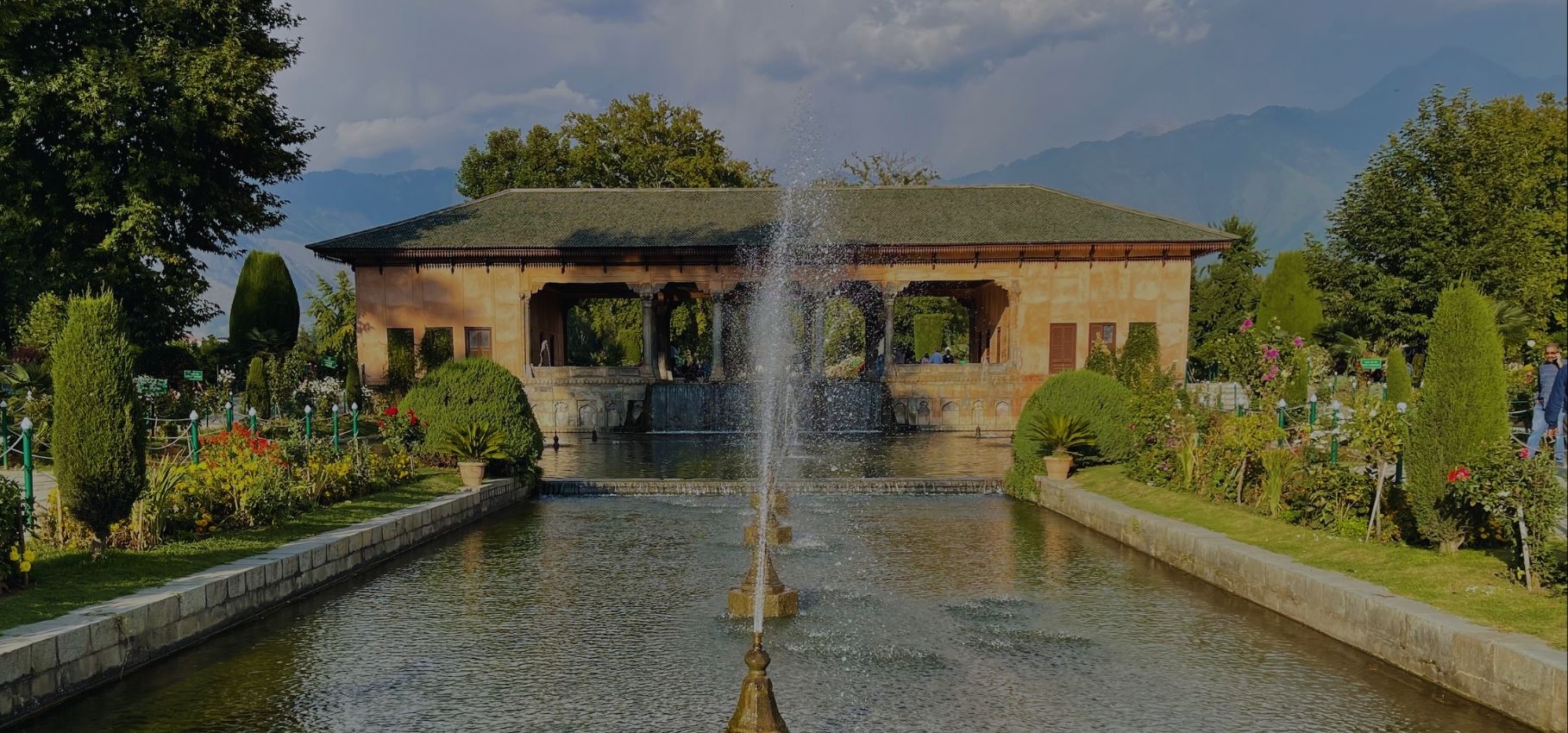
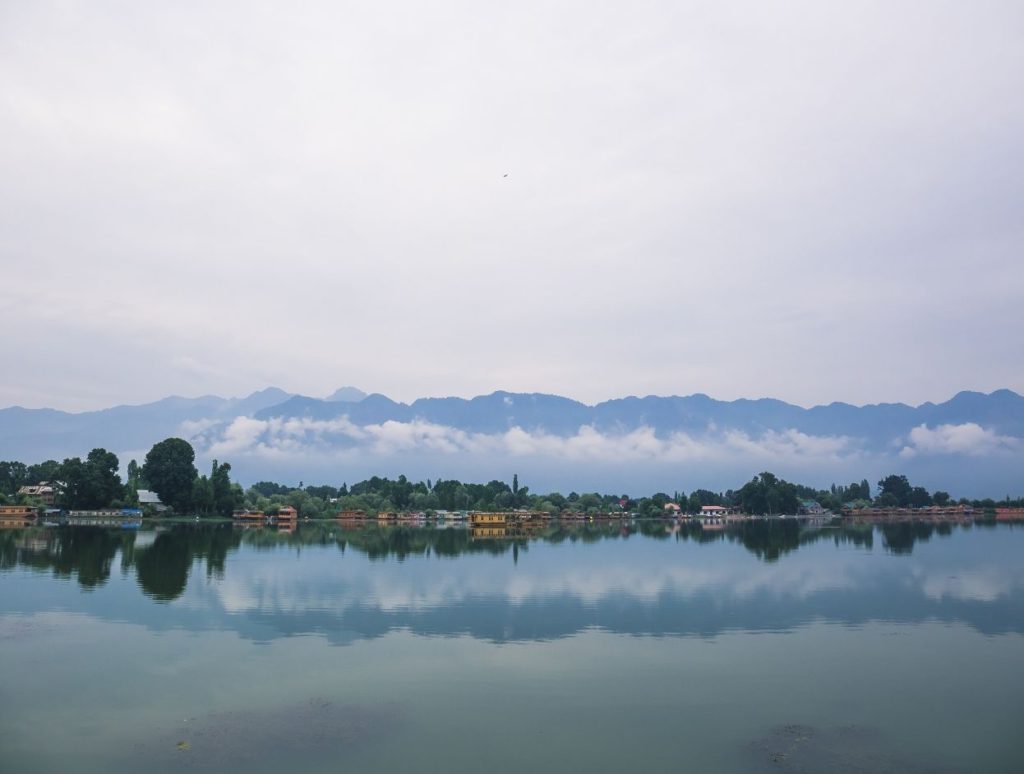
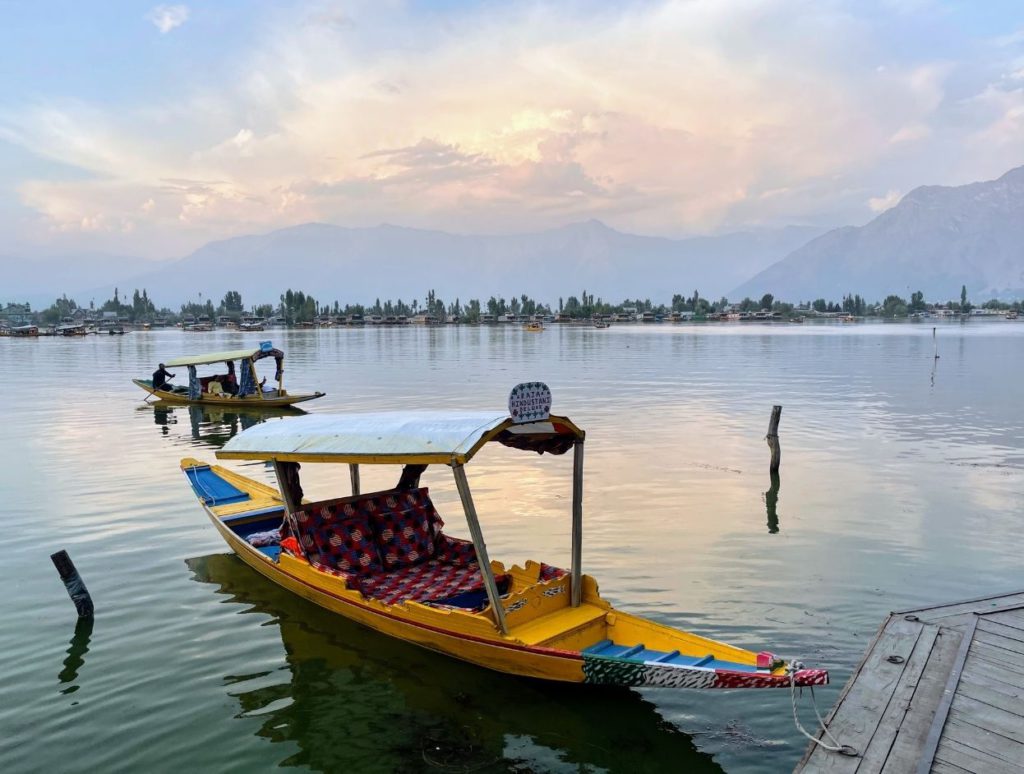
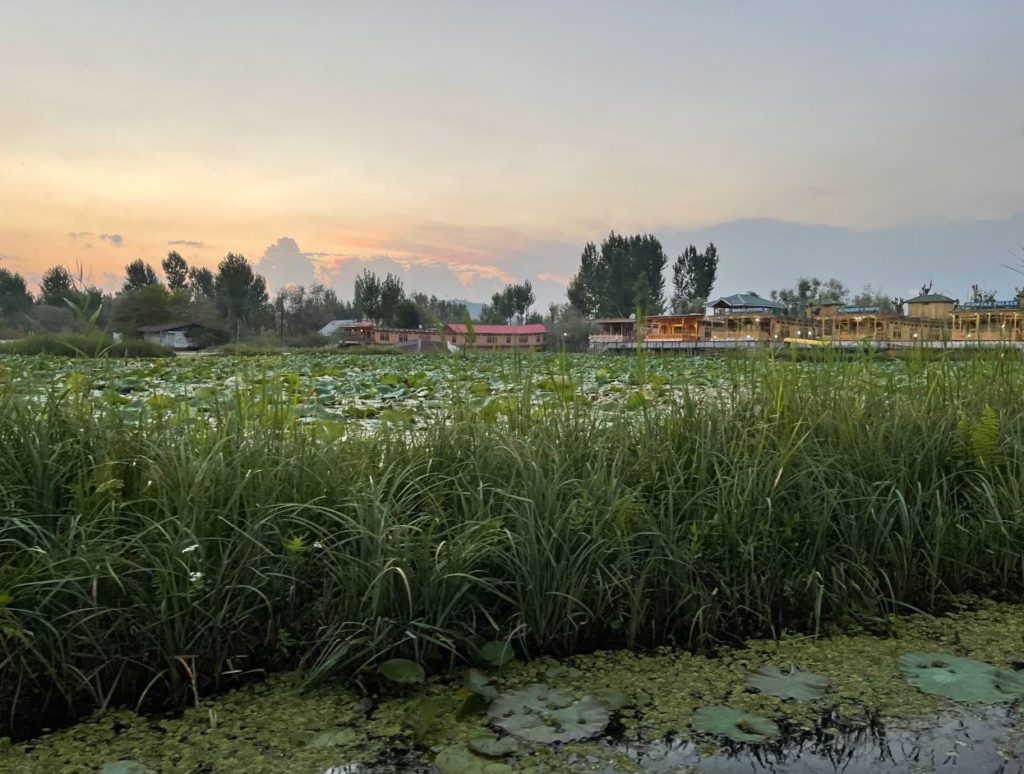
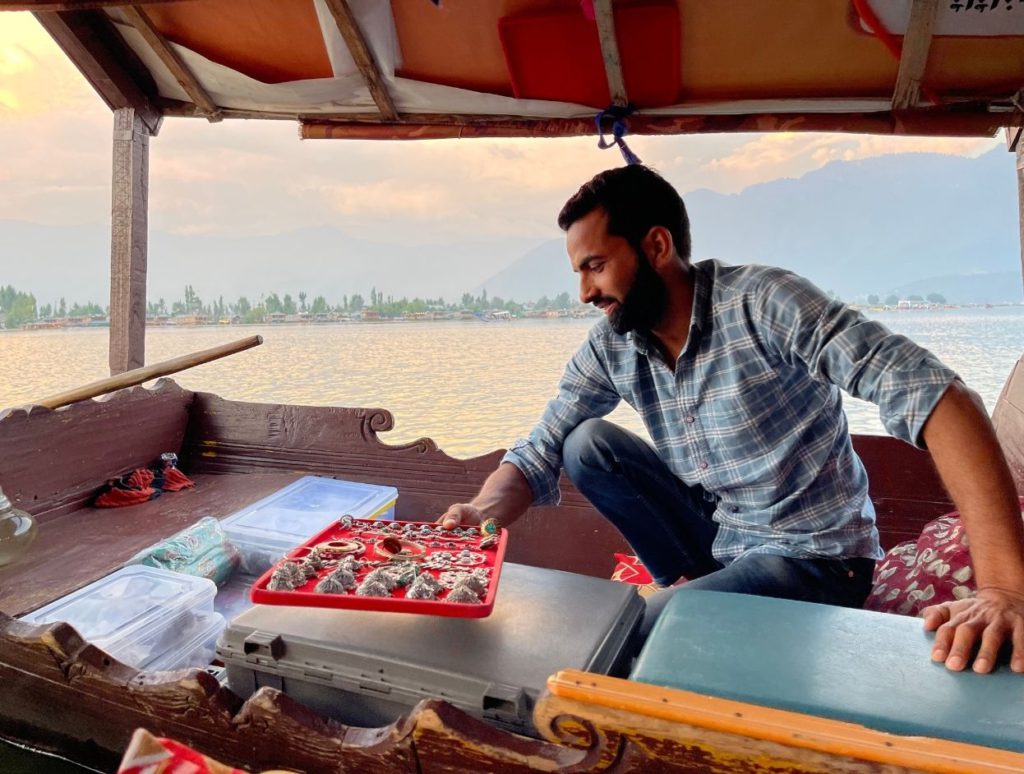
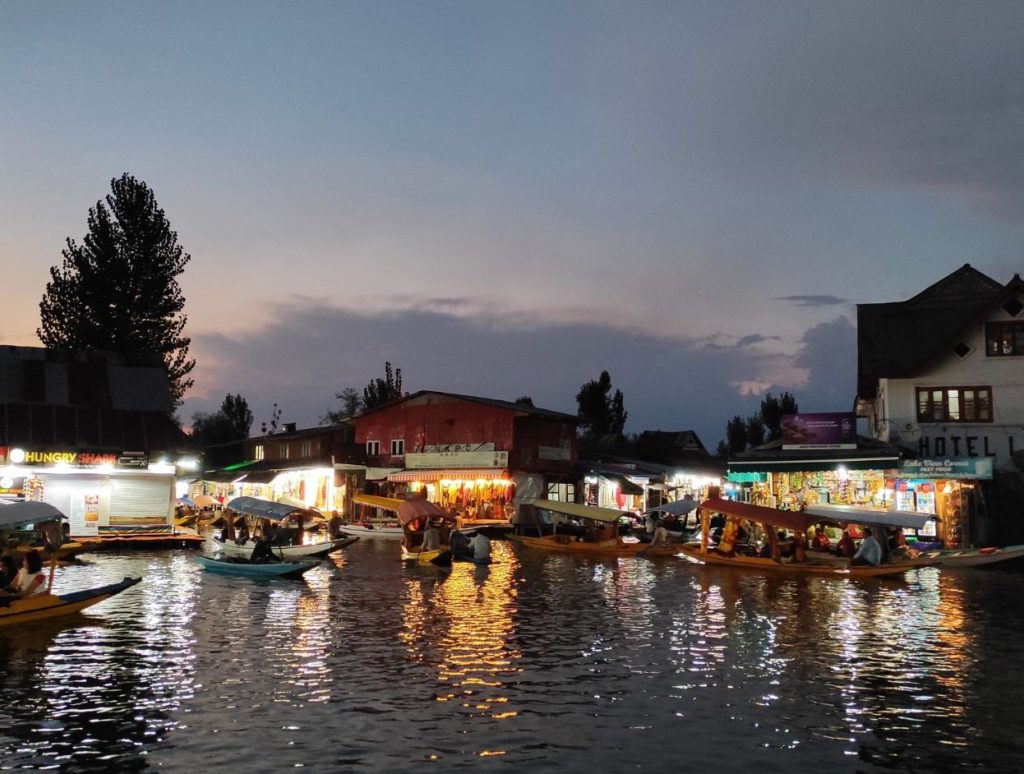
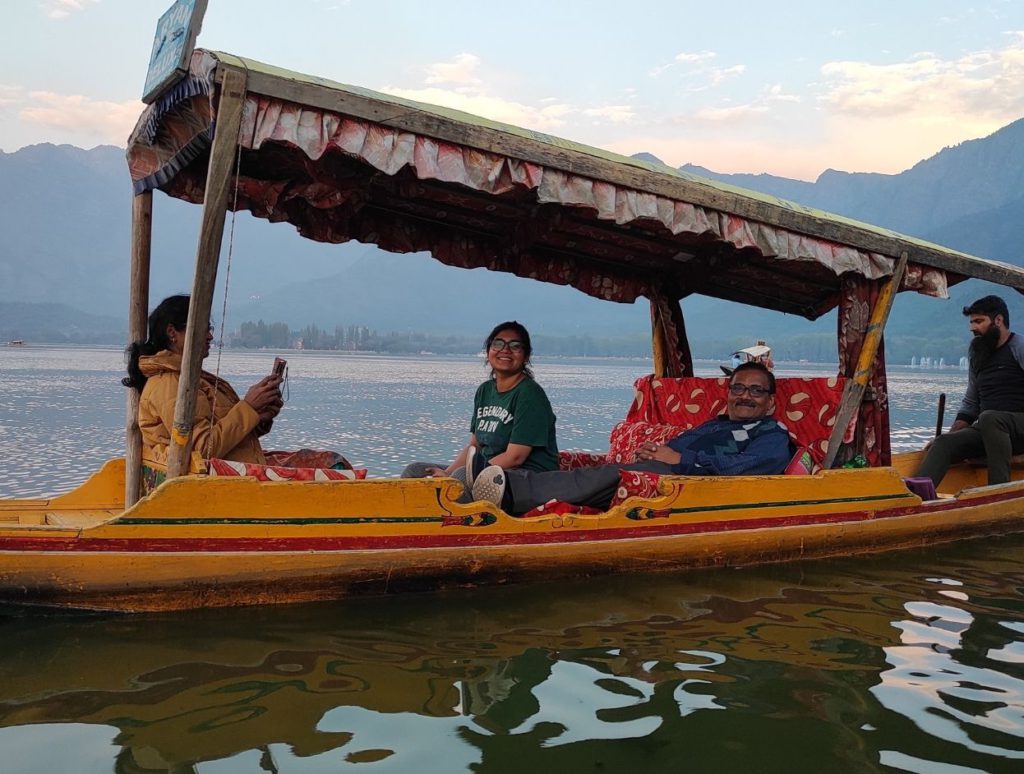
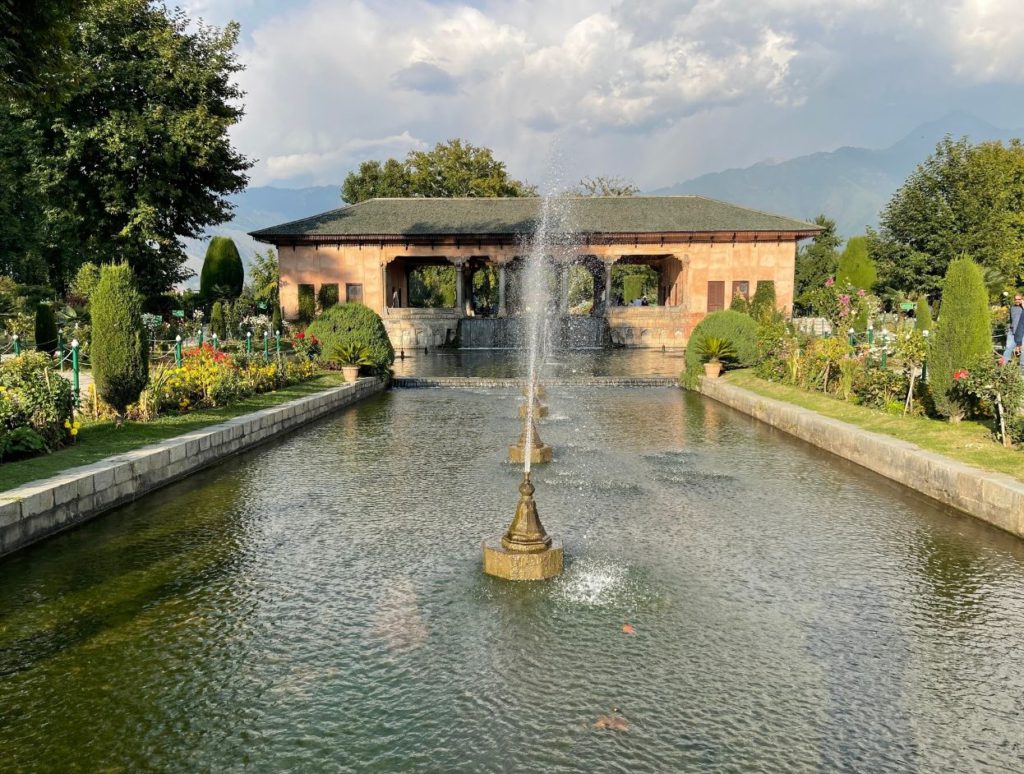
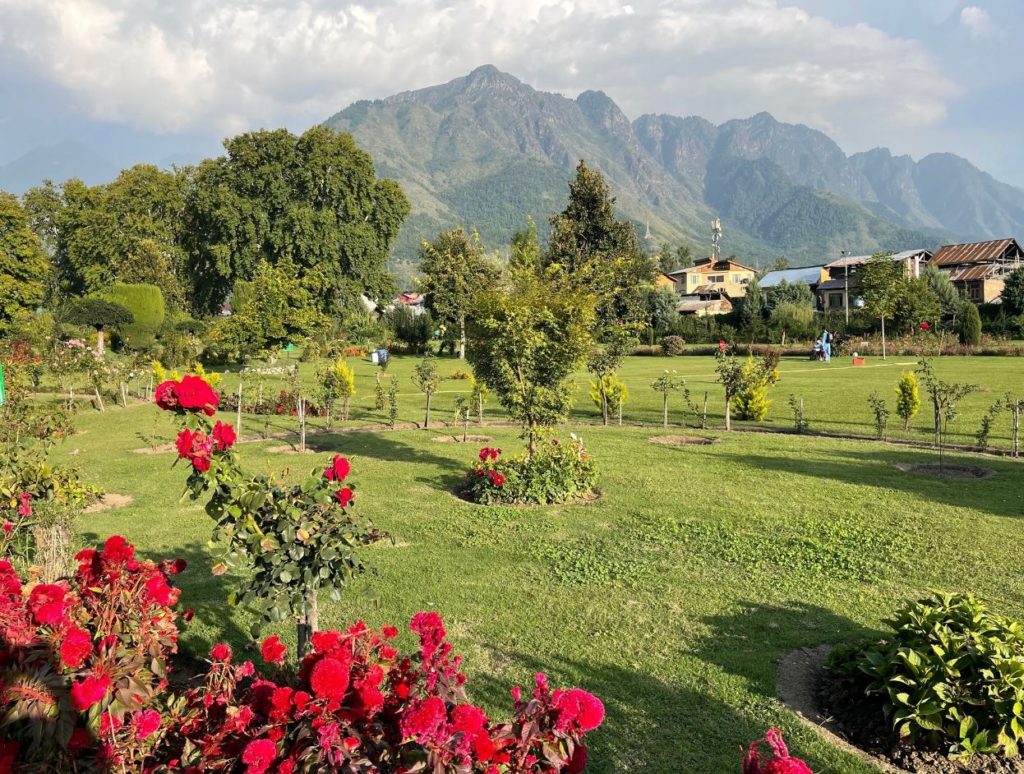
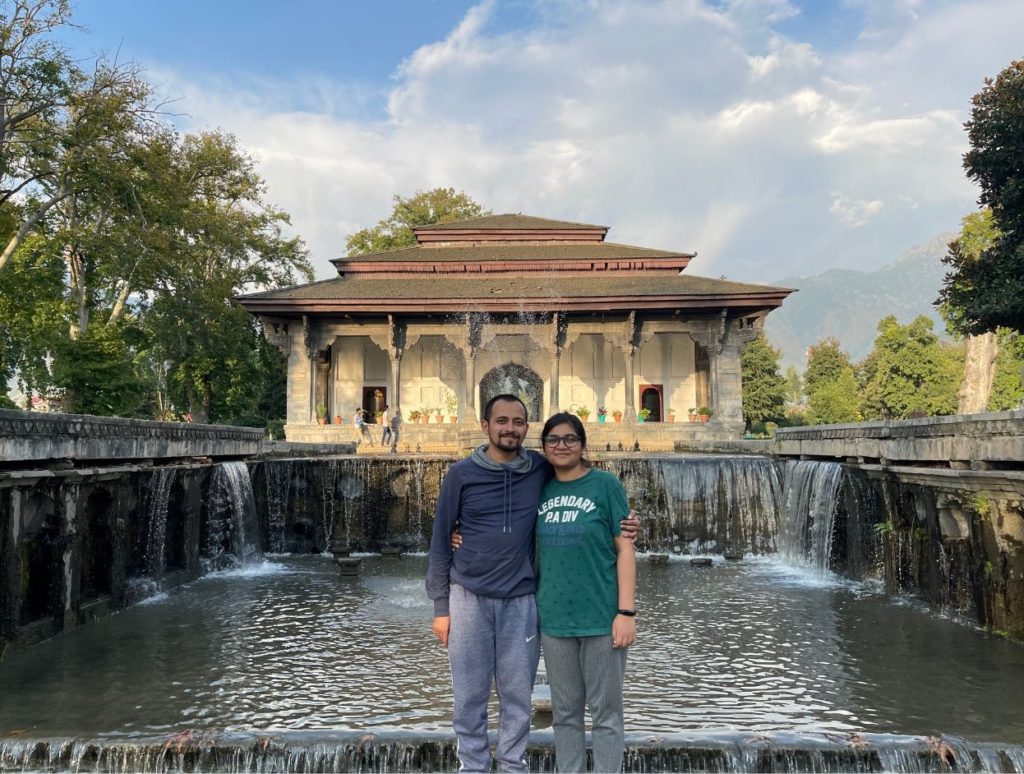
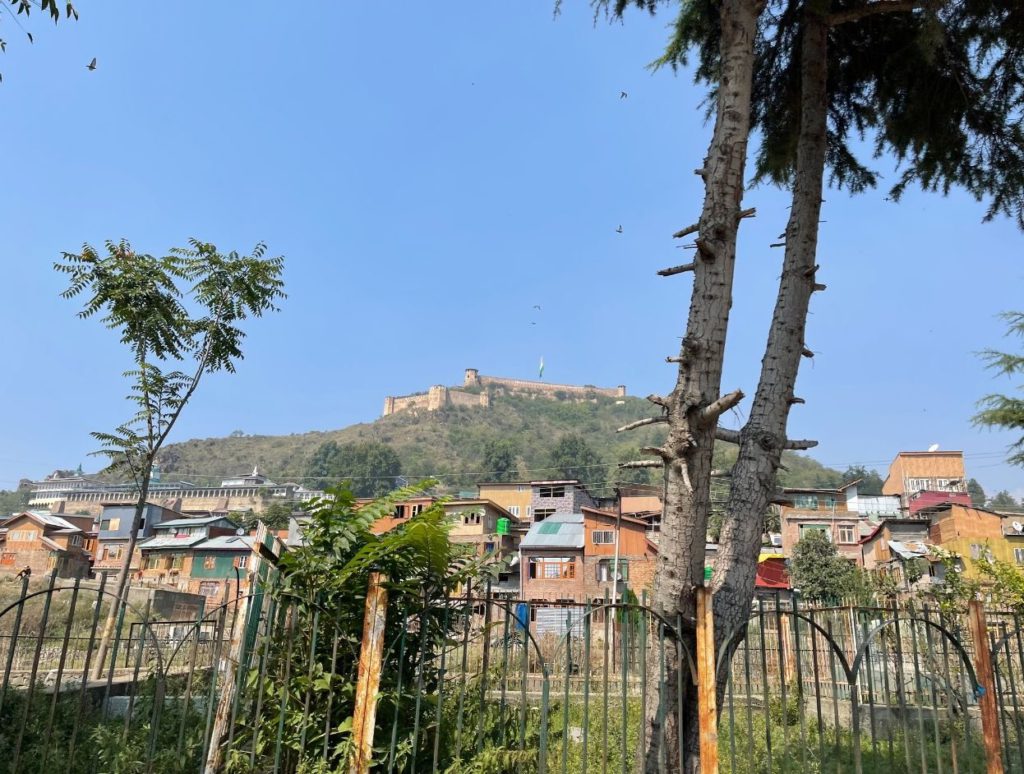
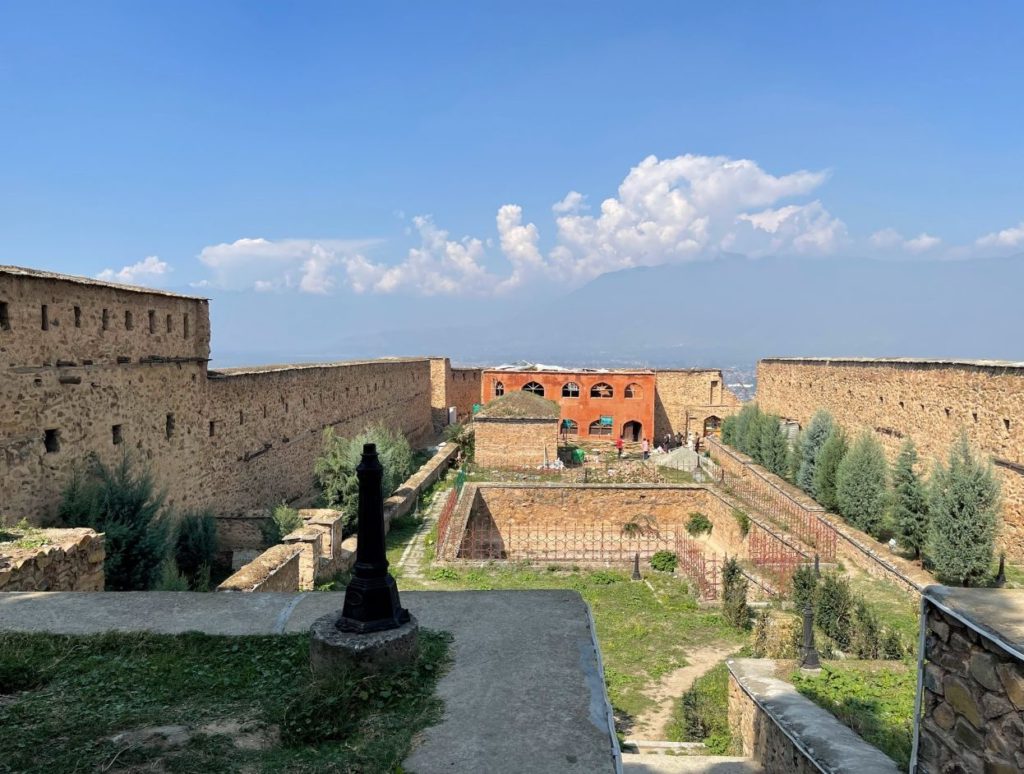
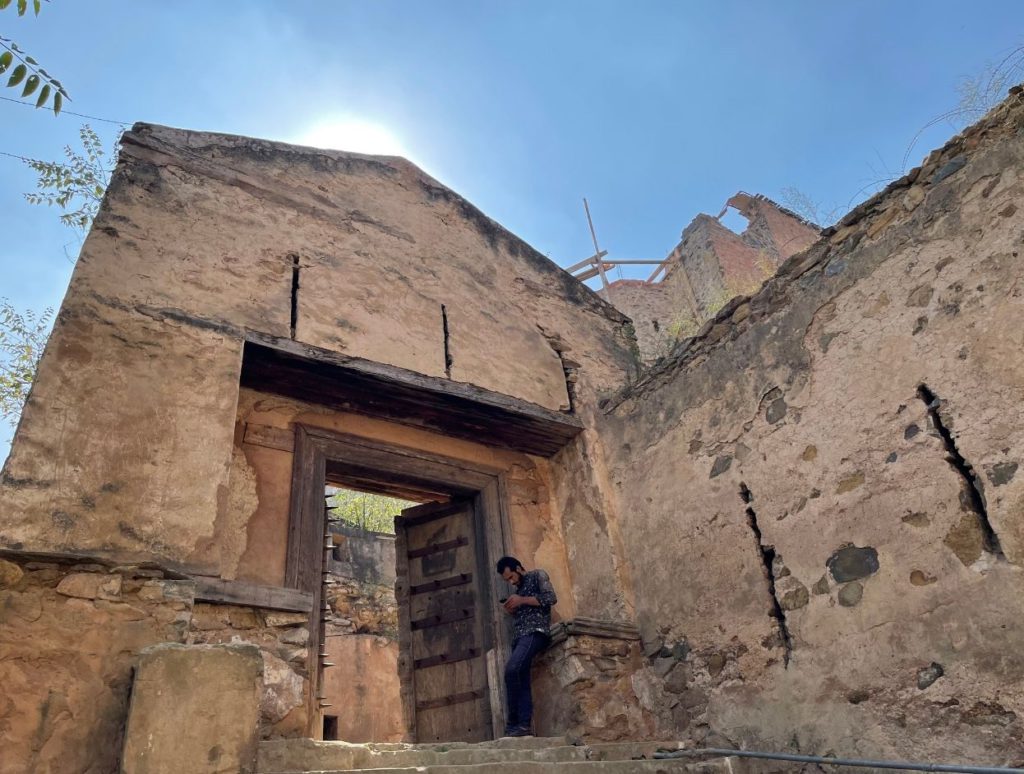
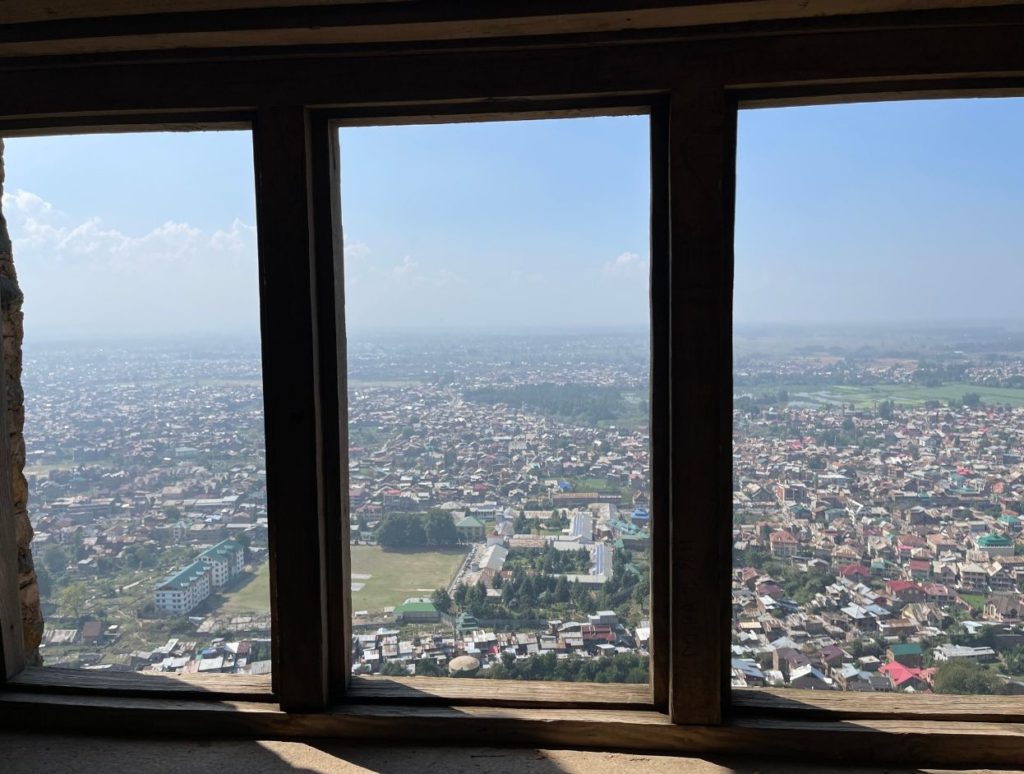
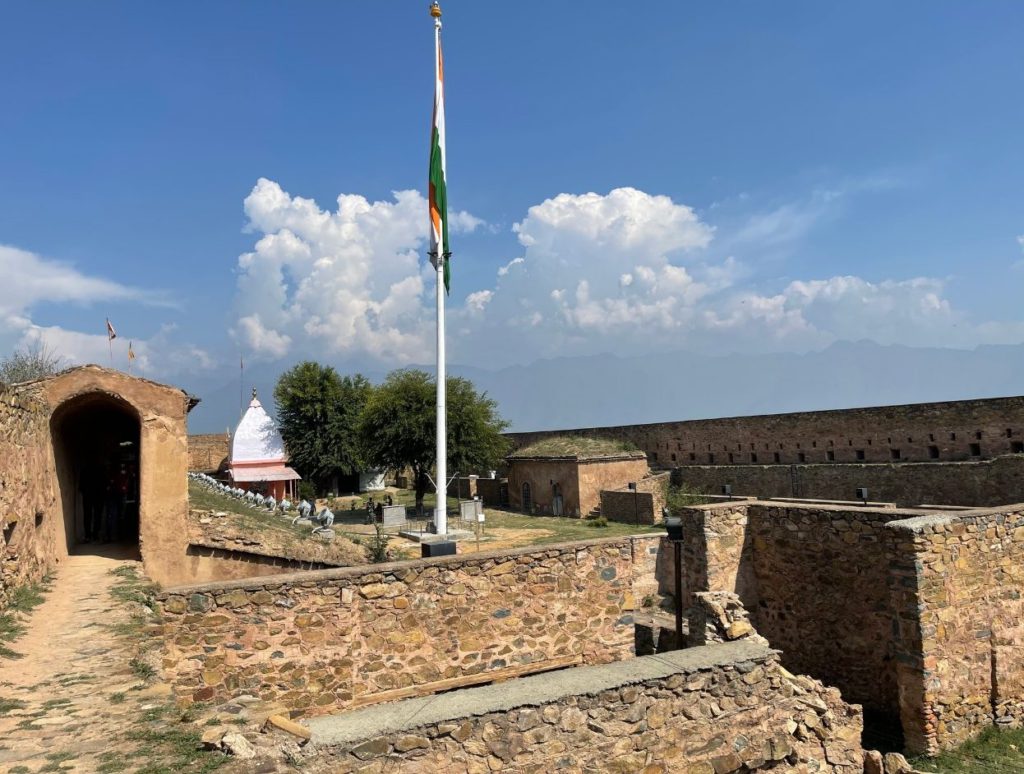
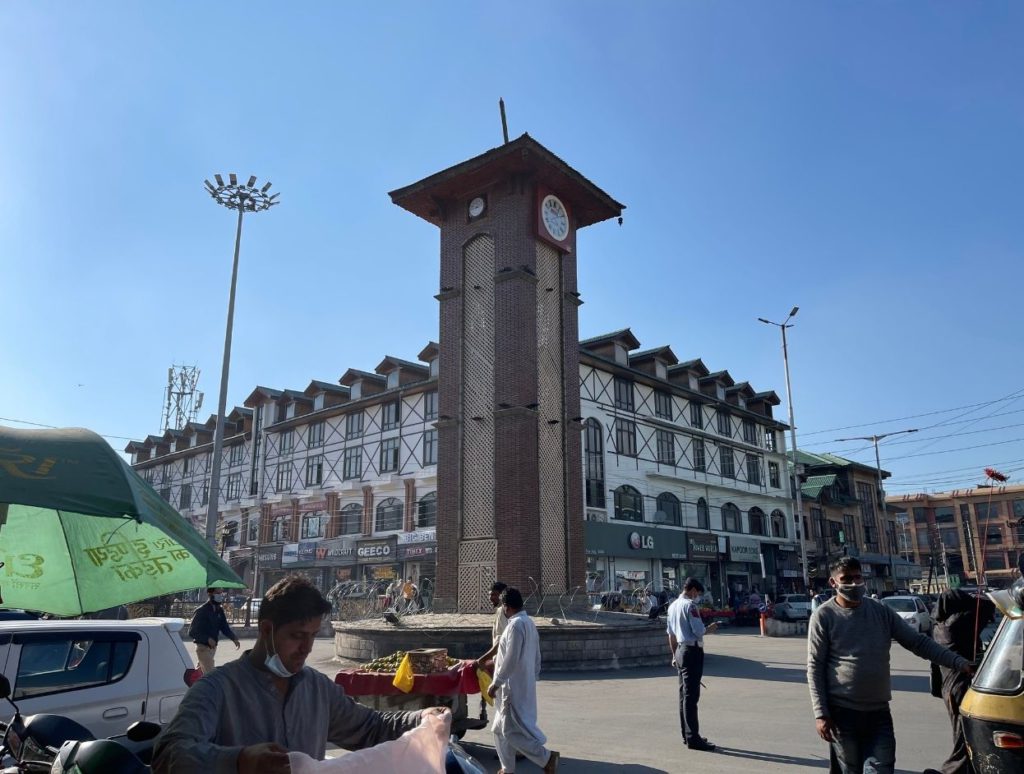
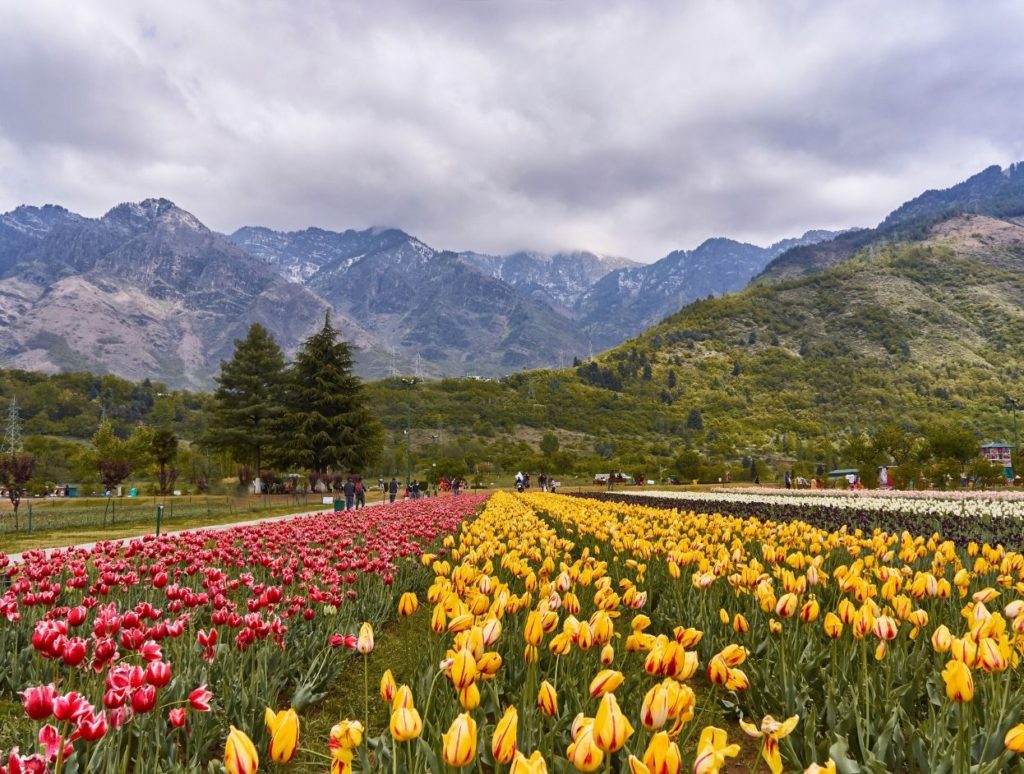
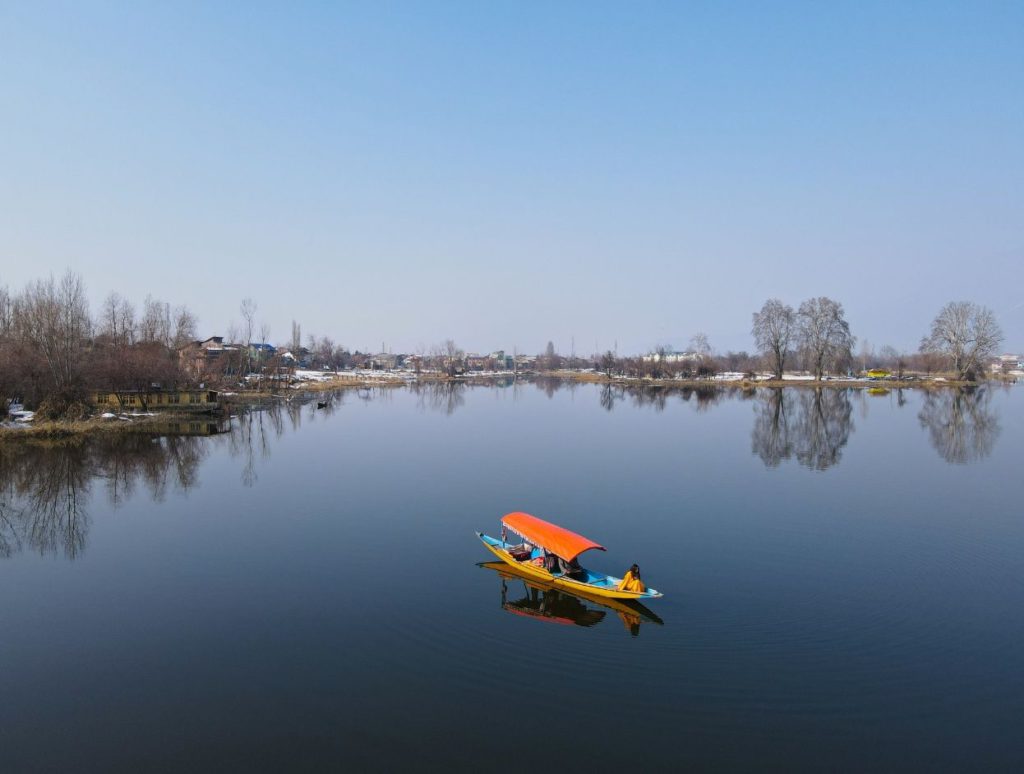
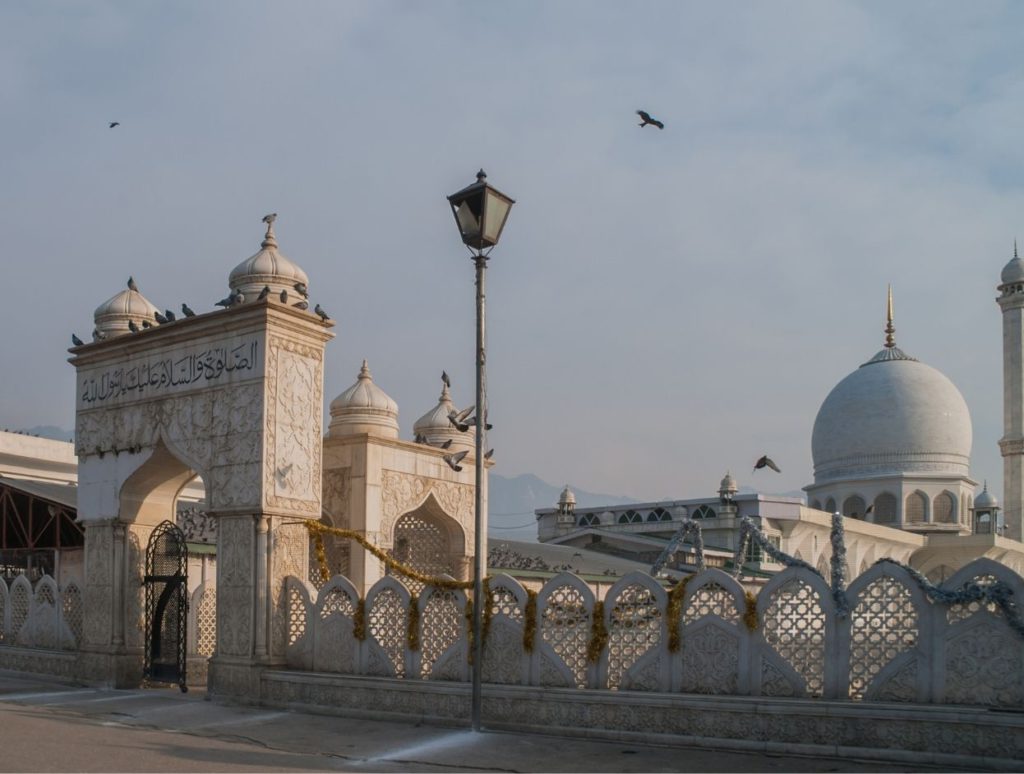
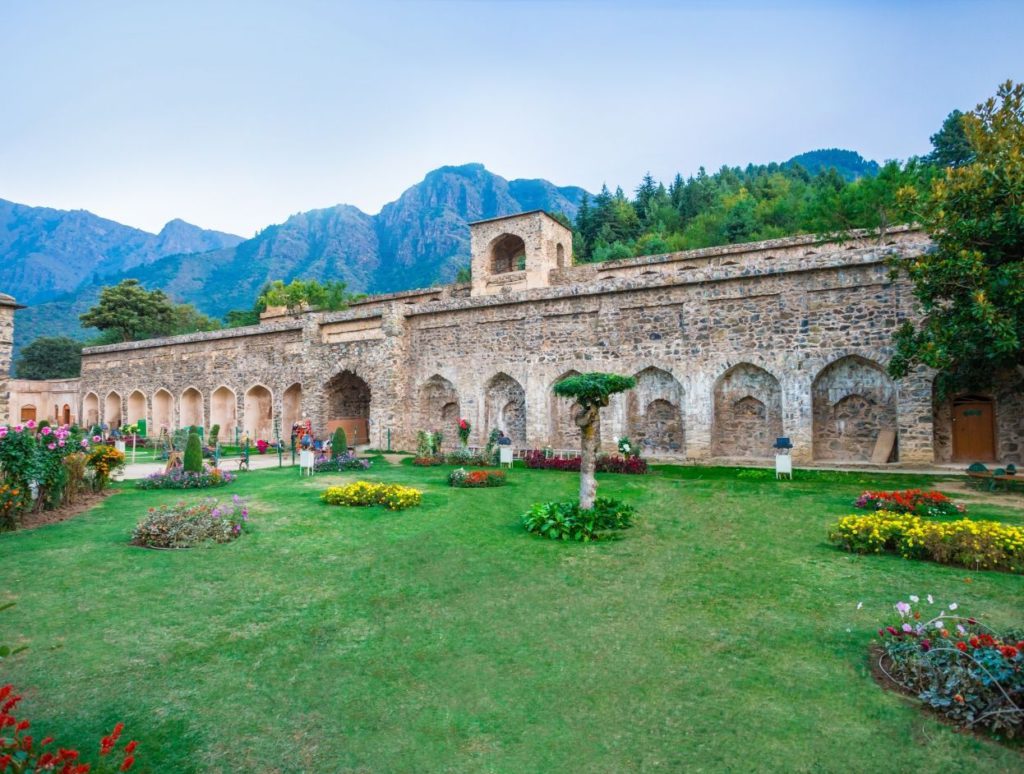
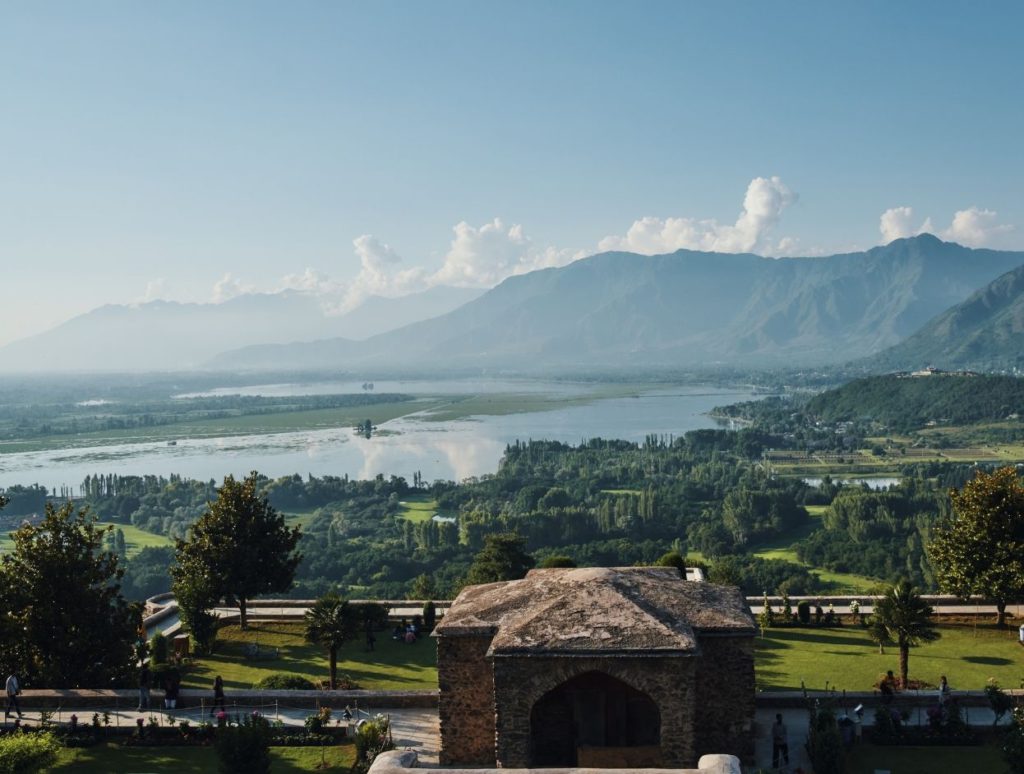
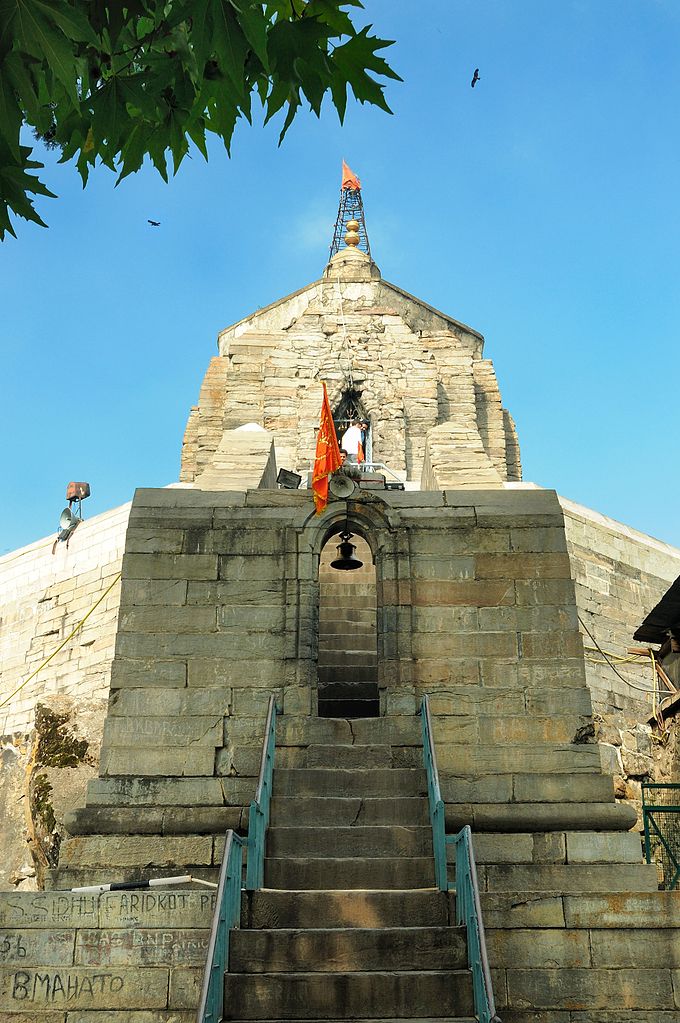
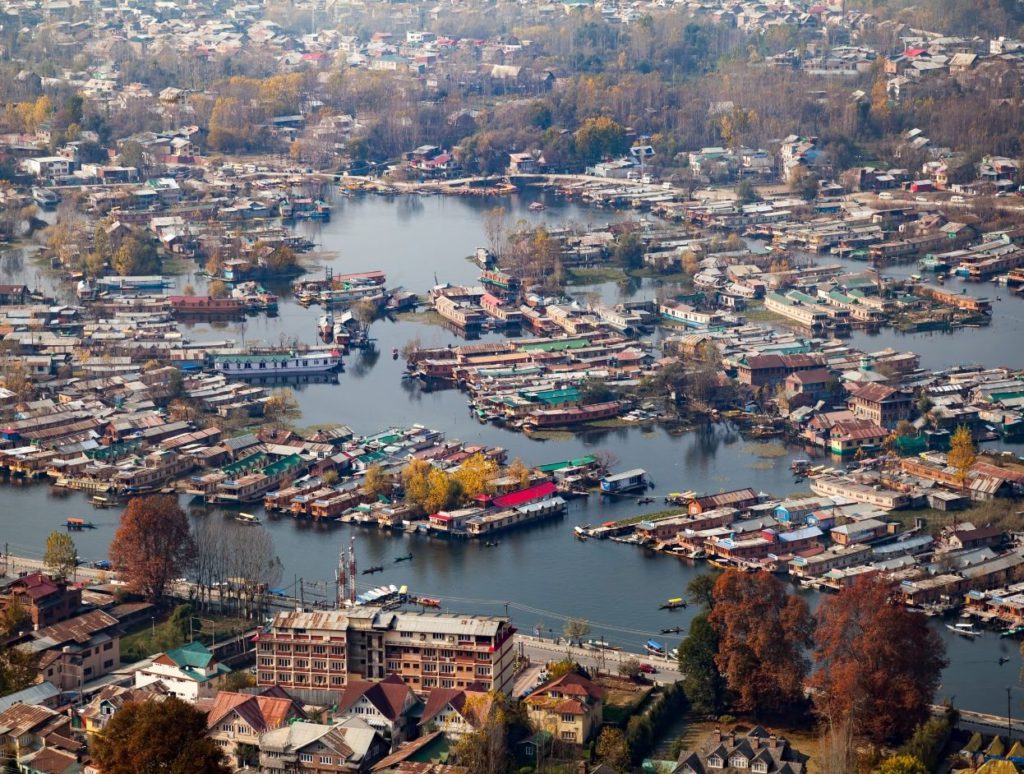
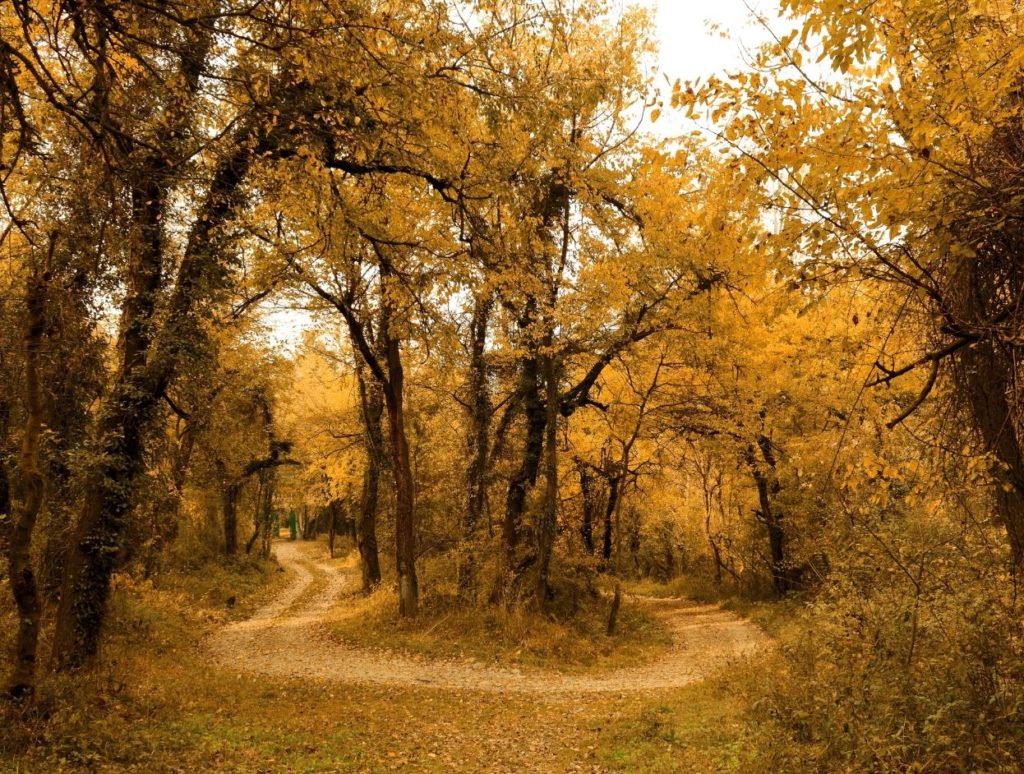
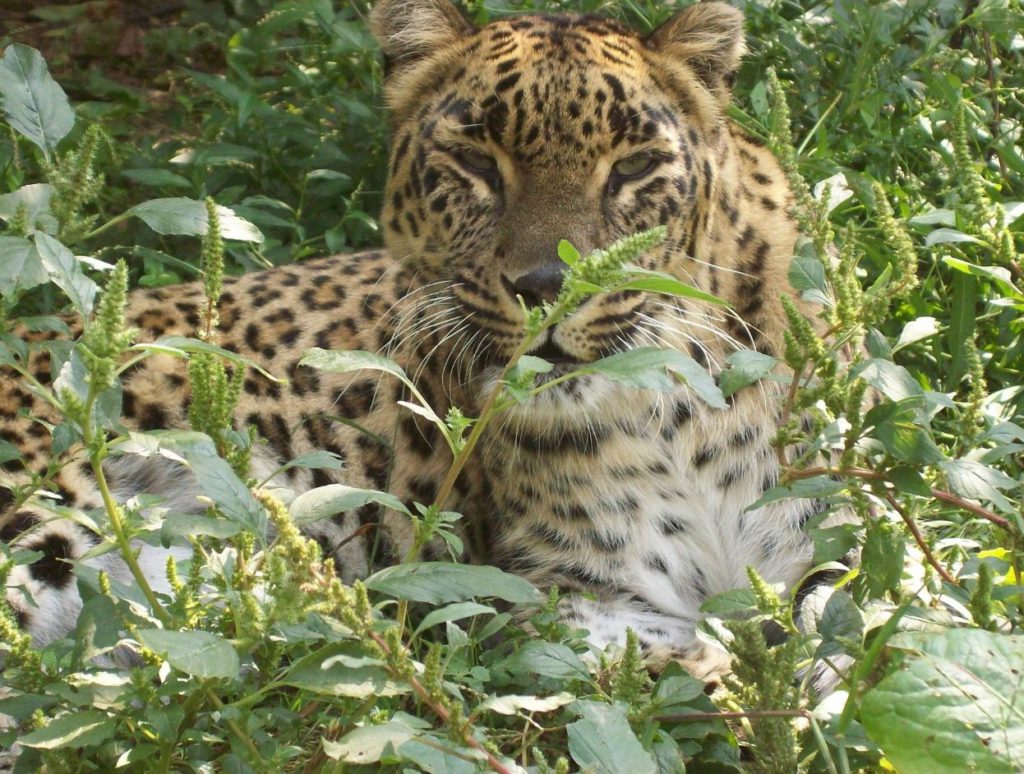
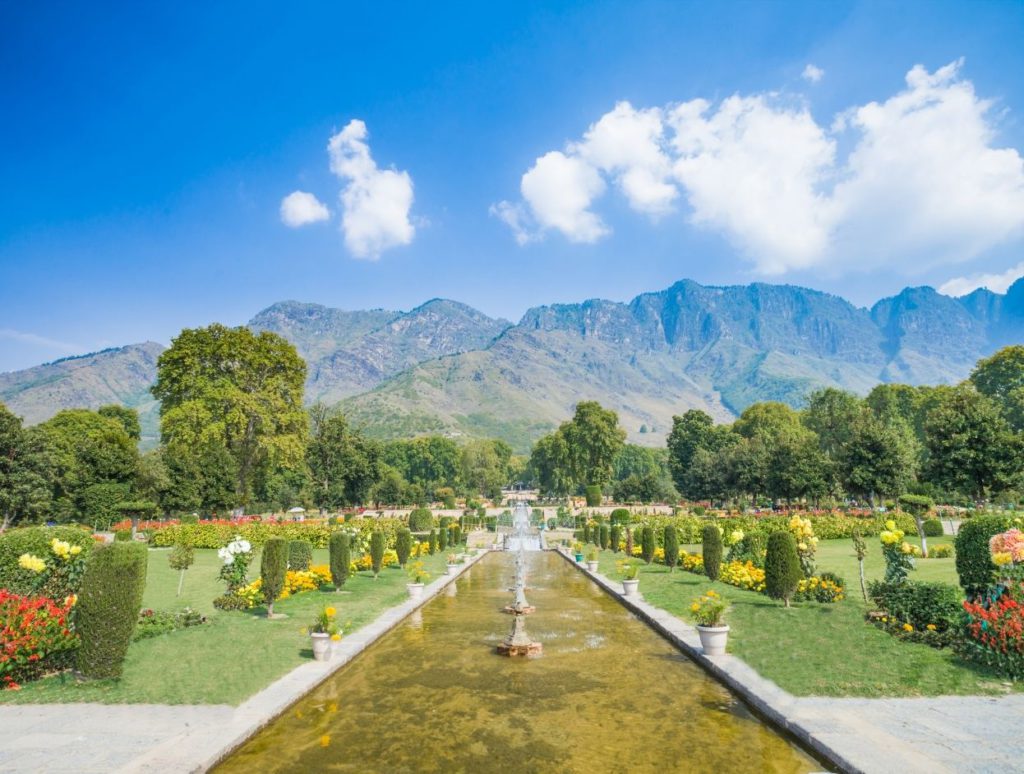
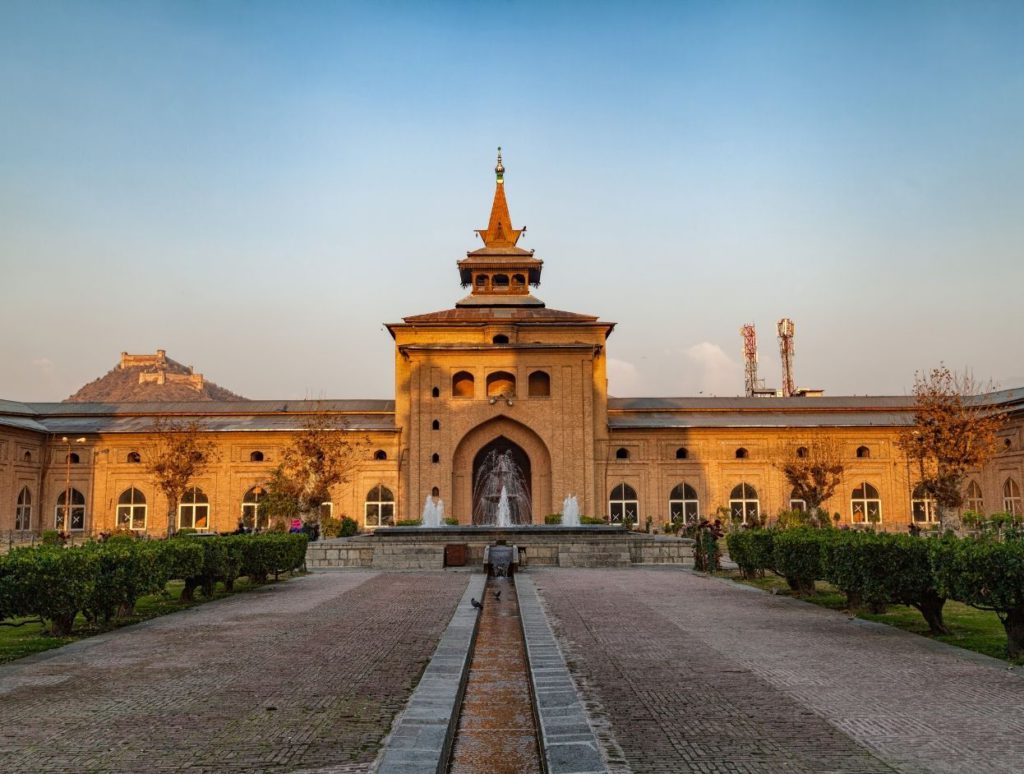
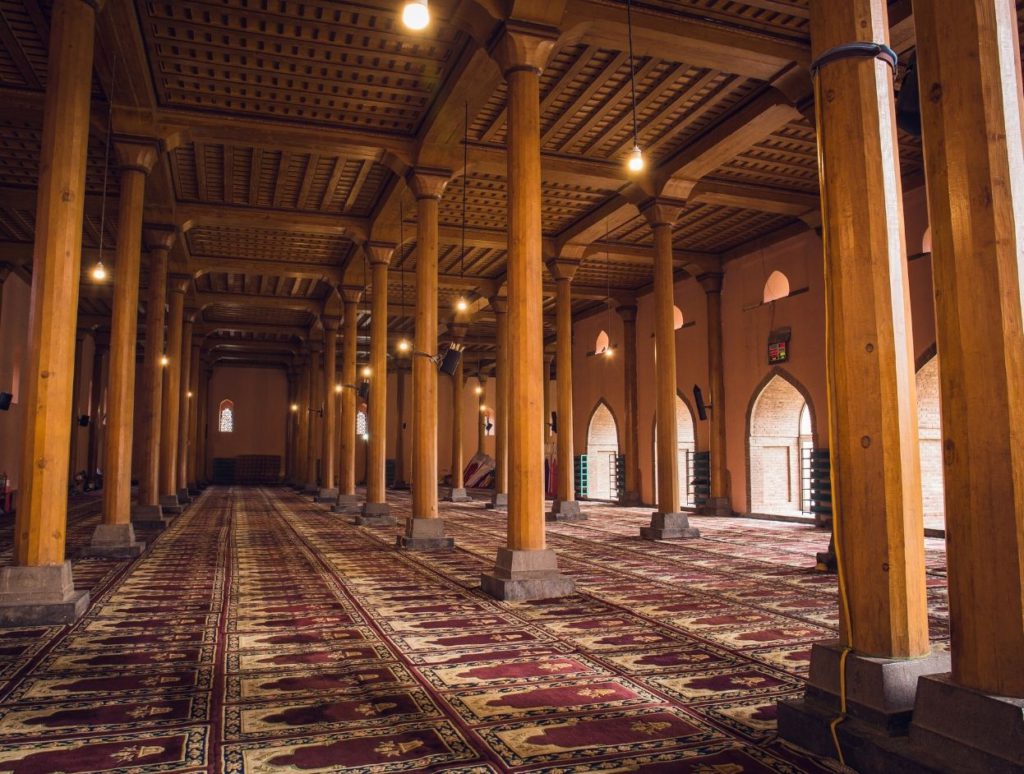
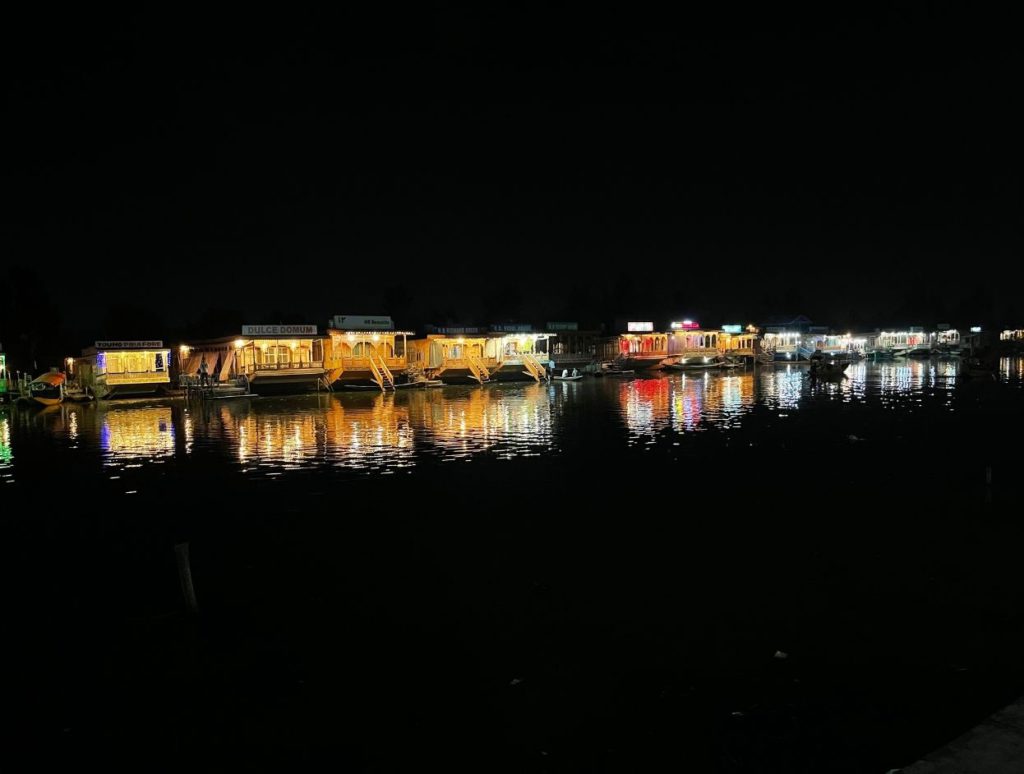
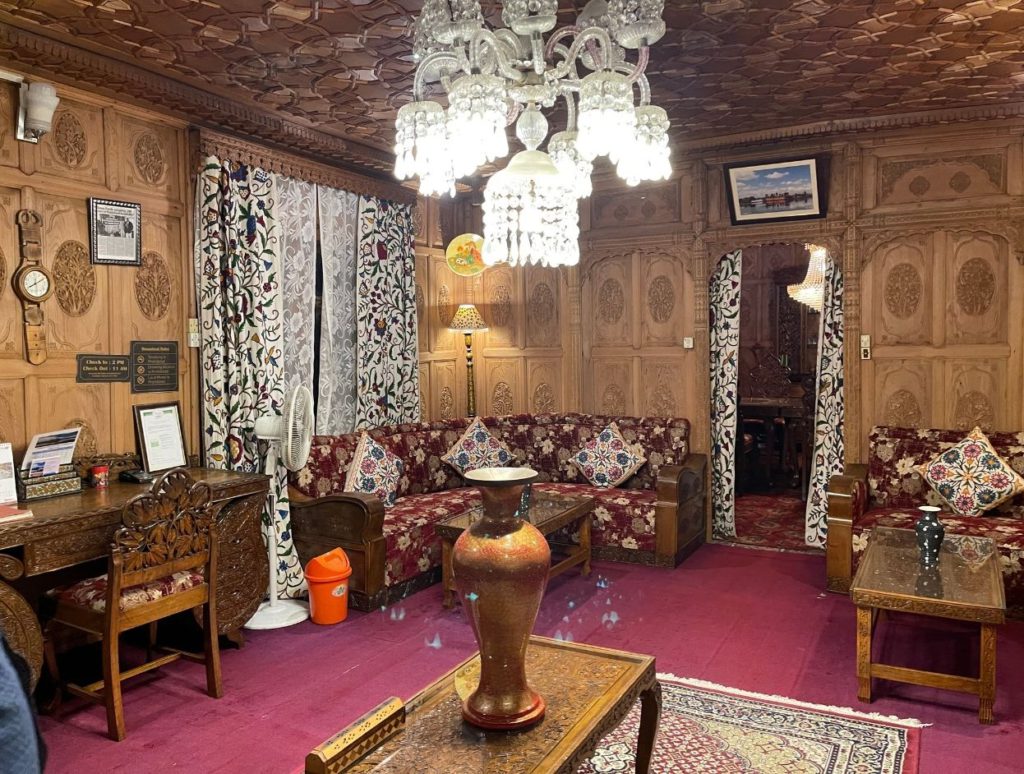
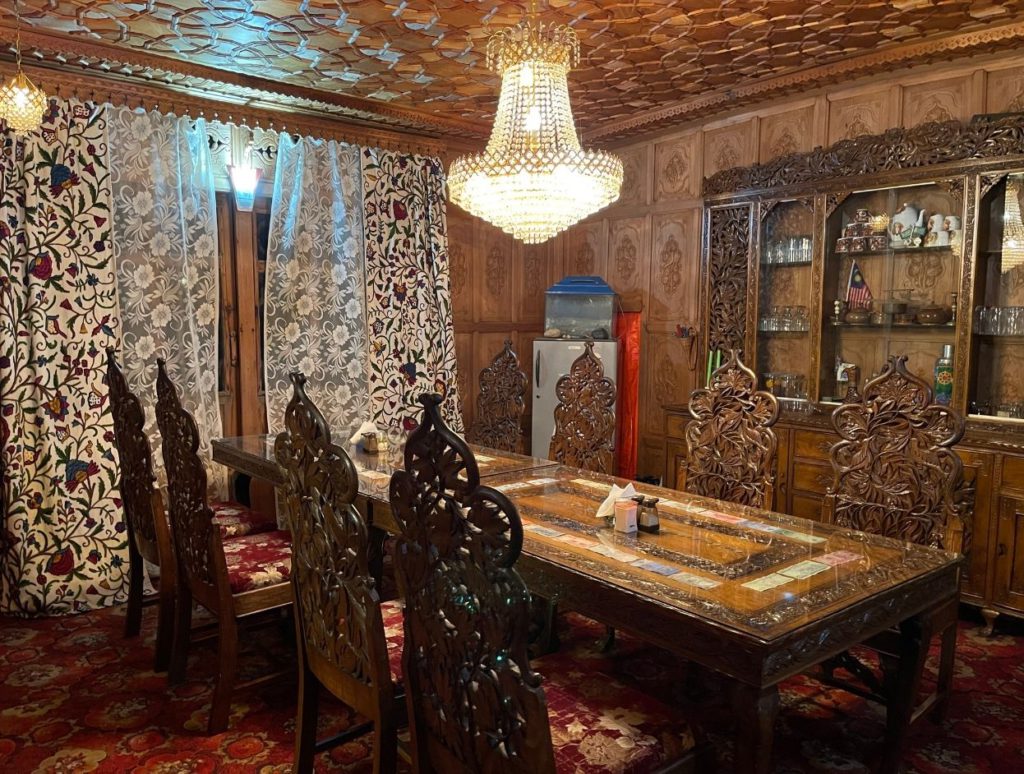
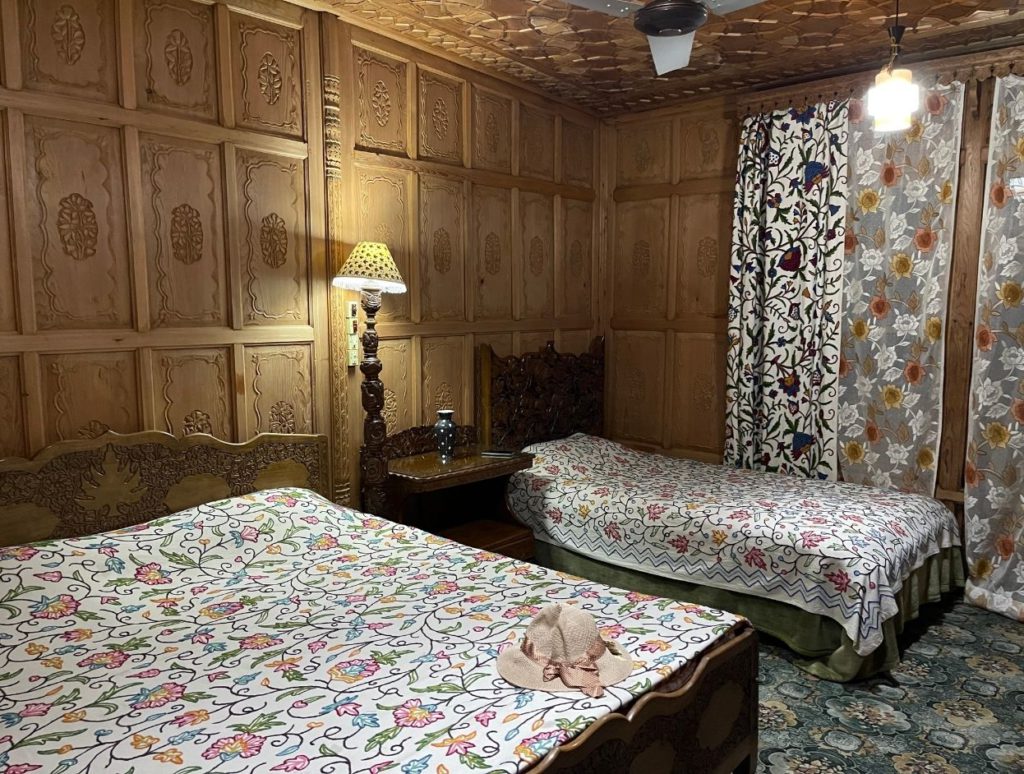
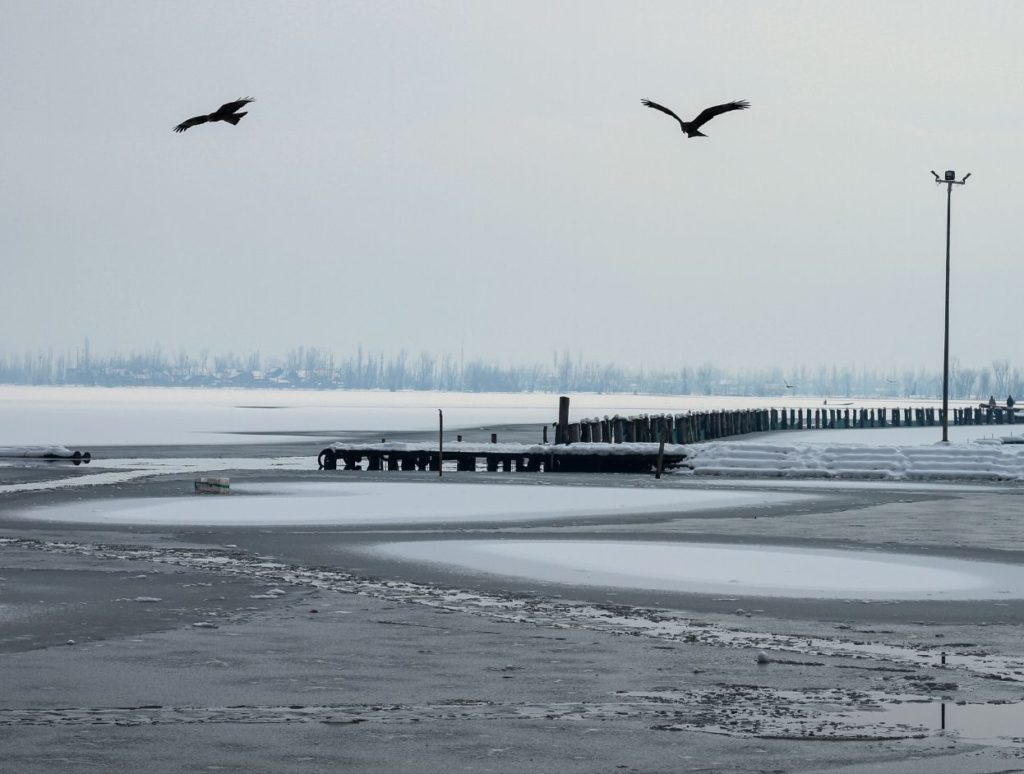

No Comments